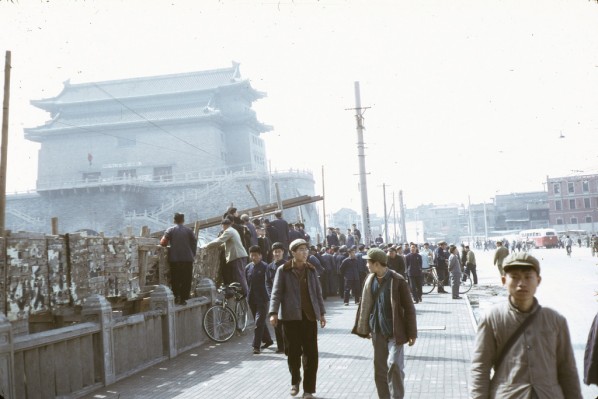
From September 21 to November 16, OCT Contemporary Art Terminal (OCAT) will be presenting the research exhibition After History: Alexandre Kojève as a Photographer, curated by the philosopher and art critic Boris Groys. This exhibition was on display at BAK, basis voor actuele kunst in Utrecht, the Netherlands between May and July, 2012, before touring to OCAT.
For the first time, this exhibition unveils to the Chinese public unique photographic work, which includes nearly 400 photographs taken in the 1950s and 1960s by the Russian-born French philosopher and diplomat Alexandre Kojève. Kojève also traveled extensively in Ceylon (Sri Lanka), China, India, Iran, Japan, Nepal, the Soviet Union, and throughout Western Europe. His journey and lifetime collection of postcards will be presented at OCAT in a special way. Through this collection of images, the essence of both Kojève’s philosophical thinking and his political practice is captured.
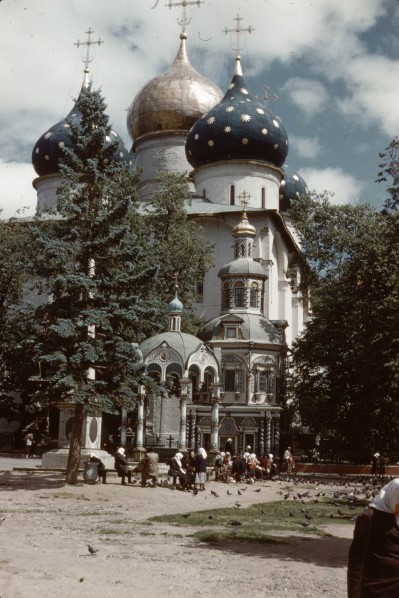
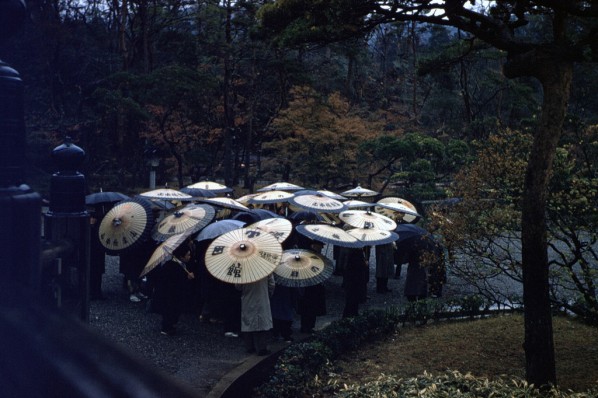
Kojève’s influential reinterpretation of philosopher Hegel’s writing inspired a generation of French thinkers such as Michel Foucault, Jacques Derrida, and Jacques Lacan. Kojève thought history ended with the French Revolution, as it had achieved particular individual freedom and the universal recognition of human desire. This notion of the “end of history” was later famously transformed by the political scientist Francis Fukuyama to explain the loss of ideological antagonisms after the fall of the Berlin Wall in 1989. Believing that under post-historical conditions one could stop thinking about the world and instead improve it, Kojève abandoned philosophy to work for the French Ministry of Economic Affairs as a chief planner of the European Common Market, which later became the European Union. Remarkably, after this shift from deliberation to action Kojève started to develop his own obsessive photographic practice in order to register the post-historical world. The many generic postcards he collected show what inspired his artistic style.
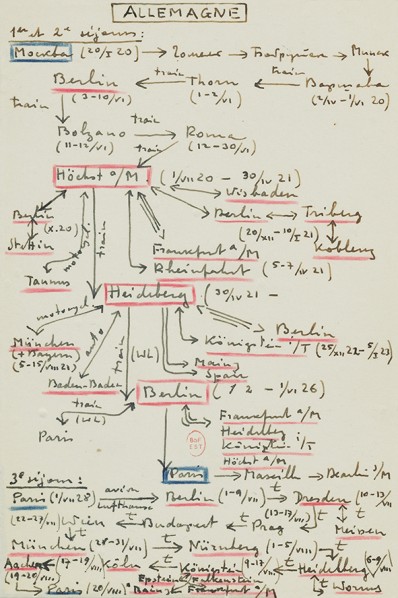
The collection of both photographs and postcards portray the world as Kojève articulated it through his philosophical thinking: an aesthetically harmonious and exotic East; a stiflingly complete and hollow West; and Russia, Kojève’s rapidly changing homeland, is shown mainly through old churches frozen in time. Through its premiere presentation, the thousands of repetitive images in the exhibition visualize a post-historical world awaiting an ideal imaginary image of freedom, justice, and equality to be realized through activism. By doing so, it questions the critical capacity for change in our contemporary reality and shows us a global stage anticipating the achievement of another tomorrow.
About the Artist
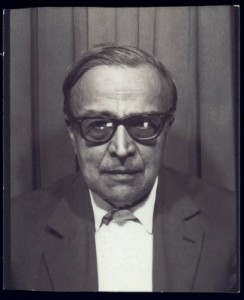 Alexandre Kojeve (born 1902, died 1968) was a Russian-born French political philosopher and diplomat whose philosophical lectures and writings substantially influenced twentieth-century French philosophy. Kojeve studied in Heidelberg under the direction of the German psychiatrist and philosopher Karl Jaspers. He wrote his dissertation on the Russian religious philosopher Vladimir Soloviev, a man who was strongly influenced by the ideas of Georg Wilhelm Friedrich Hegel. Kojeve's idiosyncratic rearticulation of the Hegelian concept of “desire” was highly influential, introducing the notion to contemporary philosophy of his time and inspiring the discourse of Surrealists and post-war Freudian philosophy. His investigation of the concept of desire also informed his “end-of-history” thesis, positing the end of ideological history as taking place during the French Revolution and creating a new kind of human experience. This thesis influenced a generation of renowned theorists and thinkers including Michel Foucault, Jacques Derrida, Jacques Lacan, and Francis Fukuyama, who, in his influential 1989 article “The End of History?, adopted many of Kojeve's articulations. Kojeve's philosophical stances have been elaborated on in his writings on art, in his correspondence with his uncle, artist Wassily Kandinsky, and after WWII through his political career with the French Ministry of Economic Affairs as a chief planner of the European Common Market, which later became the European Union. Most influential was Kojeve's lecture series on Hegel's Phenomenology of Spirit (1807), which he taught at l'Ecole des hautes etudes, Paris between 1933 and 1939. These seminars were attended by a new generation of French intellectuals such as Maurice Merleau-Ponty, Raymond Aron, Georges Bataille, and Andre Breton. Notes from these lectures accompanied by an introductory text written by Kojeve were first published by poet Raymond Queneau under the title Introduction à la lecture de Hegel: leçons sur la Phénoménologie de l’Esprit professées de 1933 à 1939 à l’École des Hautes Études (1947), followed decades later by Allan Bloom's English translation, Introduction to the Reading of Hegel: Lectures on the Phenomenology of Spirit (1969). Kojeve's numerous lectures—published many years after their delivery—include: L’idée du déterminisme dans la physique classique et dans la physique moderne (1990); Esquisse d’une phénoménologie du droit (1981); and Le Concept, le Temps et le Discours (1990).
Alexandre Kojeve (born 1902, died 1968) was a Russian-born French political philosopher and diplomat whose philosophical lectures and writings substantially influenced twentieth-century French philosophy. Kojeve studied in Heidelberg under the direction of the German psychiatrist and philosopher Karl Jaspers. He wrote his dissertation on the Russian religious philosopher Vladimir Soloviev, a man who was strongly influenced by the ideas of Georg Wilhelm Friedrich Hegel. Kojeve's idiosyncratic rearticulation of the Hegelian concept of “desire” was highly influential, introducing the notion to contemporary philosophy of his time and inspiring the discourse of Surrealists and post-war Freudian philosophy. His investigation of the concept of desire also informed his “end-of-history” thesis, positing the end of ideological history as taking place during the French Revolution and creating a new kind of human experience. This thesis influenced a generation of renowned theorists and thinkers including Michel Foucault, Jacques Derrida, Jacques Lacan, and Francis Fukuyama, who, in his influential 1989 article “The End of History?, adopted many of Kojeve's articulations. Kojeve's philosophical stances have been elaborated on in his writings on art, in his correspondence with his uncle, artist Wassily Kandinsky, and after WWII through his political career with the French Ministry of Economic Affairs as a chief planner of the European Common Market, which later became the European Union. Most influential was Kojeve's lecture series on Hegel's Phenomenology of Spirit (1807), which he taught at l'Ecole des hautes etudes, Paris between 1933 and 1939. These seminars were attended by a new generation of French intellectuals such as Maurice Merleau-Ponty, Raymond Aron, Georges Bataille, and Andre Breton. Notes from these lectures accompanied by an introductory text written by Kojeve were first published by poet Raymond Queneau under the title Introduction à la lecture de Hegel: leçons sur la Phénoménologie de l’Esprit professées de 1933 à 1939 à l’École des Hautes Études (1947), followed decades later by Allan Bloom's English translation, Introduction to the Reading of Hegel: Lectures on the Phenomenology of Spirit (1969). Kojeve's numerous lectures—published many years after their delivery—include: L’idée du déterminisme dans la physique classique et dans la physique moderne (1990); Esquisse d’une phénoménologie du droit (1981); and Le Concept, le Temps et le Discours (1990).
About the Curator
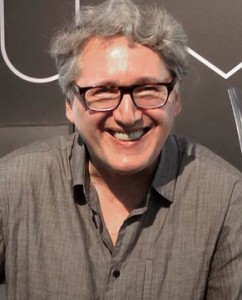 Boris Groys (born 1947) is a philosopher, art critic, essayist, and curator who teaches Russian studies, comparative literature, and contemporary media. He is Professor of Russian and Slavic Studies at New York University, New York and since 1994 he has been Professor of Philosophy and Media Theory at the Karlsruhe University of Arts and Design, Karlsruhe. Appointed co-curator of the 9th Shanghai Biennale, Shanghai, 2012, Groys is also a research advisor for the long-term international research, education, publishing, and exhibition project FORMER WEST (2008–2014). Recent curatorial work includes: Out of Town: Andrei Monastyrski & Collective Actions, e-flux in collaboration with Performa 11, New York, 2011–2012; Empty Zones, Russian Pavilion at the 54th Venice Biennale, Venice, 2011; together with Peter Weibel, Medium Religion, ZKM, Karlsruhe, 2008–2009; and Traumfabrik Kommunismus, Schirn Kunsthallen, Frankfurt, 2003–2004. Groys’ work was shown in the exhibition Thinking in Loop: Three Videos on Iconoclasm, Ritual and Immortality, apexart, New York, 2008. He also directed The Post-Communist Condition research project at ZKM, Karlsruhe and published Das kommunistische Postskriptum (2005) detailing the findings of the project. Other selected publications include: Under Suspicion: A Phenomenology of Media (2012); Introduction to Antiphilosophy (2012); The Communist Postscripts (2010); Going Public (2010); Art Power (2008); Ilya Kabakov: The Man Who Flew into Space from his Apartment (2006); Dream Factory Communism: The Visual Culture of the Stalin Period (2003); and The Total Art of Stalinism: Avant-Garde, Aesthetic Dictatorship, and Beyond (1992). Groys lives and works in New York.
Boris Groys (born 1947) is a philosopher, art critic, essayist, and curator who teaches Russian studies, comparative literature, and contemporary media. He is Professor of Russian and Slavic Studies at New York University, New York and since 1994 he has been Professor of Philosophy and Media Theory at the Karlsruhe University of Arts and Design, Karlsruhe. Appointed co-curator of the 9th Shanghai Biennale, Shanghai, 2012, Groys is also a research advisor for the long-term international research, education, publishing, and exhibition project FORMER WEST (2008–2014). Recent curatorial work includes: Out of Town: Andrei Monastyrski & Collective Actions, e-flux in collaboration with Performa 11, New York, 2011–2012; Empty Zones, Russian Pavilion at the 54th Venice Biennale, Venice, 2011; together with Peter Weibel, Medium Religion, ZKM, Karlsruhe, 2008–2009; and Traumfabrik Kommunismus, Schirn Kunsthallen, Frankfurt, 2003–2004. Groys’ work was shown in the exhibition Thinking in Loop: Three Videos on Iconoclasm, Ritual and Immortality, apexart, New York, 2008. He also directed The Post-Communist Condition research project at ZKM, Karlsruhe and published Das kommunistische Postskriptum (2005) detailing the findings of the project. Other selected publications include: Under Suspicion: A Phenomenology of Media (2012); Introduction to Antiphilosophy (2012); The Communist Postscripts (2010); Going Public (2010); Art Power (2008); Ilya Kabakov: The Man Who Flew into Space from his Apartment (2006); Dream Factory Communism: The Visual Culture of the Stalin Period (2003); and The Total Art of Stalinism: Avant-Garde, Aesthetic Dictatorship, and Beyond (1992). Groys lives and works in New York.
Related Activities
Alexandre Kojève: Being a SageLecture by Boris Groys
Date & Time: 2:30pm - 5:00pm, September 22, 2012
Venue: Lecture Hall of He Xiangning Art Museum, Overseas Chinese Town, Nanshan District, Shenzhen, China
In tandem with the exhibition After History: Alexandre Kojève as a Photographer, OCT Contemporary Art Terminal will organize a public lecture by curator Boris Groys. Focusing on Kojève’s rich experience, his prominent status in philosophical studies, and research results of his work, this lecture rethinks Kojève’s colorful life.
Kojève characterized his own attitude as an attitude of the Sage. The Sage is somebody who has already satisfied his desire for revolutionary change – a philosopher in a post-revolutionary, post-historical society. The Sage has not to invent a new revolution but to implement the program of the revolution that has already taken place. In other words, the Sage deals with the administration of the post-revolutionary state.
About the Exhibition
Organizer: OCT Contemporary Art Terminal
Curator: Boris Groys
Opening: 5:00 PM, September 21, 2012
Exhibition Date: September 21 - November 16, 2012
Address: OCT Contemporary Art Terminal, Enping Road, Overseas Chinese Town, Nanshan District, Shenzhen, China
Sponsor: Shenzhen Overseas Chinese Town Co., Ltd.
Tel: 0086-0755-2691 5100
This report is provided by OCT Contemporary Art Terminal.
Courtesy of OCT Contemporary Art Terminal, for further information please visit www.ocat.com.cn.




























